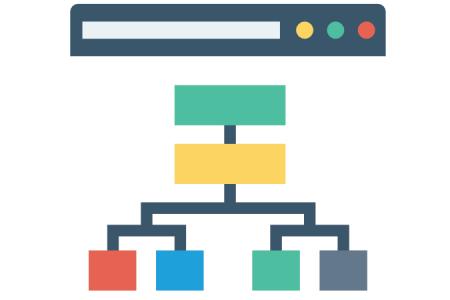Websites are a continuous evolution of changes and improvements (or at least they should be!) No matter how much time or money you have spent on your site there is always something that can be improved.
That is just the nature of the beast.
Here are 4 of the main issues we see.
1) They don’t focus on accessibility
When accessibility gets mentioned we often think of things like screen readers, subtitles on videos and using alternative text for images. Although these are really important, good accessibility goes much further. There are a number of potential blockages that users may face that often get forgotten about.
For example:
- Users that don’t have English as their first language
- Older users, or users less confident with computers
- Users that can only access your site on a mobile device or an older browser
- Users that have limited data, or are limited to 3G connection
With this in mind, here are some key questions to ask yourself.
- How does your website work on smaller devices? Is it still easy to use?
- Is the language used easy to understand? Is it full of technical terms or acronyms?
- Should you consider publishing in different languages?
- Is your website fast to load? Are page sizes small enough? (Users on limited data won’t be appreciating having to download large videos or images)
- Is it easy to find key content? Are you hiding content behind animations or scrolling elements
- Is the text size large enough? Is the font easy to read and are the colour contrasts clear enough?
The great thing about focusing on accessibility is when you get it right it starts to impact and improve other areas of your site as well like SEO and general usability.
For more information check our our comprehensive guide on web accessibility
2) They don't make it clear who they are and what they do
So this sounds obvious doesn’t it?
In reality we have all been on websites that leave us wondering what the organisation actually does.
First impressions count.
If a user doesn’t know within the first few seconds of visiting your site what you do and what you want the user to do you are potentially missing out on that user engaging with you. This is one of the first things we often point out to charities when running website reviews/audits.
In addition to this, it is also worth mentioning that your message needs to appear above the fold (that’s the content that is visible without having to scroll). Although it is true that users are used to scrolling, this applies more to mobile devices than desktop users.
3) They focus too much on themselves
Lots of websites make the fatal mistake of focusing too much on themselves. Too many pages focused on ‘me me me’ (or ‘us us us’) leaves users feeling a little bit detached.
To help encourage engagement it is better to focus on the user's needs. What are they looking for? What information do they need? Do they need assurances? How can you build their confidence? What preconceptions might they have about your work or mission?
By focusing on their needs you can help nurture them on their journey with you. If they feel closer to you and your mission they are more likely to engage.
4) They don’t use simple navigation
It is so easy to assume how a user navigates your site. You might expect they follow the same logic as you.
From our experience of carrying out live user testing on websites, the way users navigate around sites nearly always reveals surprising results.
Users want simple navigation. They don’t want to have to guess and they don’t want surprises.
Label your navigation so that a user has a clear understanding of what would be on that page. It is a bad mistake to make them guess which link they should click on.
As an example I recently audited a website that had the following pages based on membership. They were:
Membership
Join Us
Membership Eligibility
Membership Fees
If you were looking to join this organisation's membership, which of those two links would you choose?
It wouldn’t surprise me if you went for Membership Fees which is probably not what the website owner would want you to focus on first. They would want you to understand the benefits of membership. That content might be on the ‘Membership’ or ‘Join Us’ pages, but it is not clear what the difference is between these links.
Keep your navigation simple, clean and obvious. Here are some tips to improve things.
- Don’t assume how a user will use your site
- Don’t under-estimate how users still use the main navigation over scrolling and internal links
- Label navigation clearly. Make sure when they click on a page they see content they would expect.Don’t make them guess
- Reduce the amount of levels of navigation
Hopefully some of those tips will help you improve the user experience on your site and ensure that users find what they are looking for and engage in your campaigns and mission.







